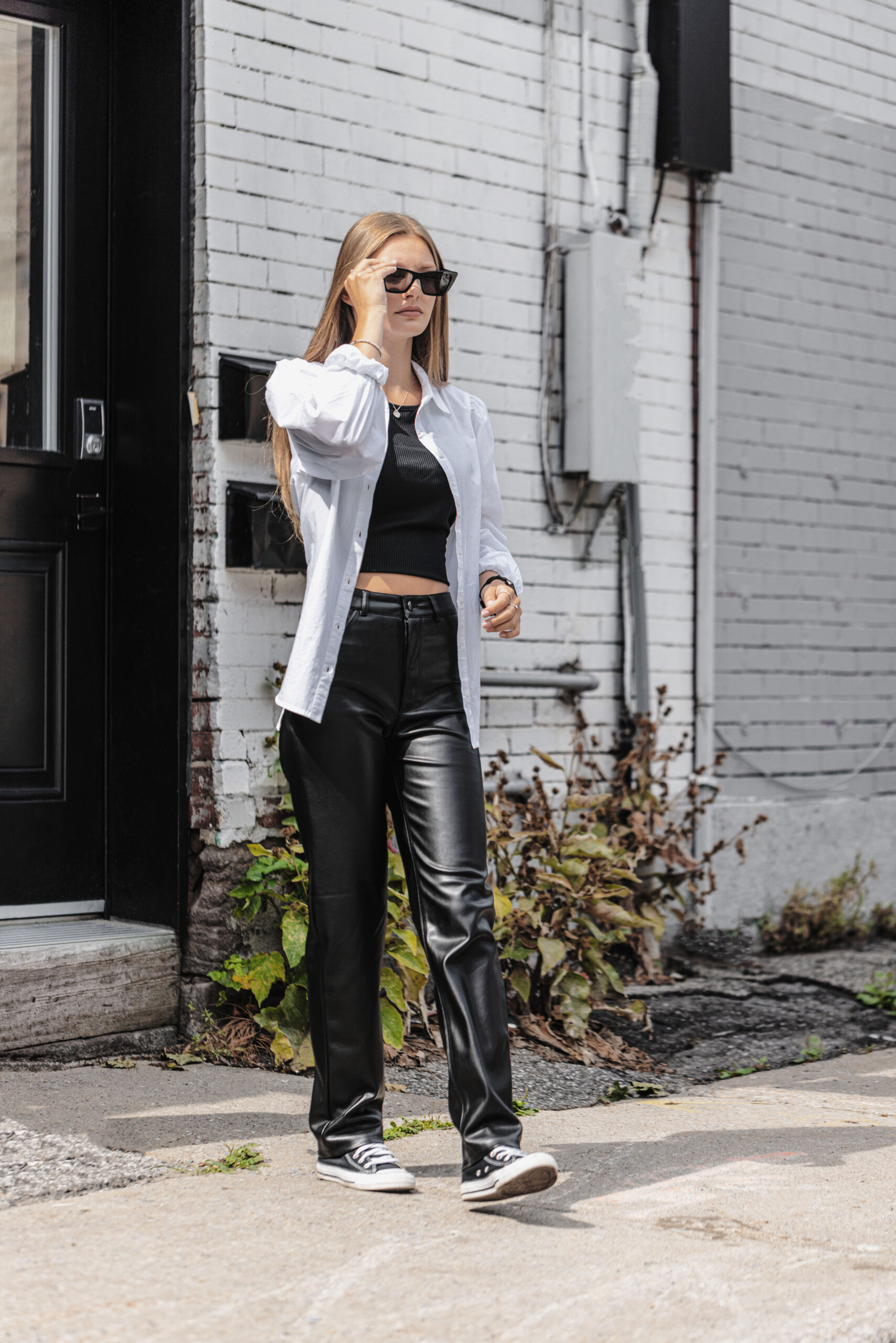From Day to Night: The Ultimate Transition Lenses Guide for Light Adapted Eyewear

Discover the benefits and considerations of transition lenses. Say goodbye to switching between eyeglasses and sunglasses with the ultimate guide for light-adapted eyewear.
1 April 2024
Tired of carrying your eyeglasses and sunglasses all the time? Transition lenses may be the answer you are looking for. Also known as photochromic lenses, these are the ideal type of lenses for those of you who need prescription eyeglasses and sunglasses. The revolutionary p»roperty of these types of lenses is that they adapt to changing light conditions, turning darker in the presence of sunlight and lighter in the absence of it. But what are the benefits to these? What makes them so unique ? Let us take a deeper look at all transition lenses have to offer.

The What and How of Transition Lenses
Transition lenses are where style meets functionality. This type of eyewear lens becomes darker when exposed to the UV rays and subsequently lightens when you go indoors. Its uniqueness is attributed to the technology used called photochromic technology, whereby photochromic molecules within the lenses undergo a chemical reaction when exposed to sunlight. This reaction causes the molecules to change shape which darkens the lenses. On the other hand, when you go indoors, these molecules revert back to their original shape, making the lenses lighten up again.
The Why of Transition Lenses
From sunrise to sunset, transition lenses harmonize with your vision. However they do so much more.
- UV protection: Transition lenses are designed to block all harmful rays, namely UVA and UVB rays. This protects your eyes from all sun-related damage such as cataracts and macular degeneration.
- Convenience: Instead of carrying sunglasses and your prescription glasses, having to switch between each when indoors or outdoors, transition glasses are a more convenient one stop option.
- Comfort: Transition lenses are known to reduce glare and improve contrast, therefore reducing eye strain and enhancing clarity.


What to Keep In Mind with Transition Lenses
When trying to find your ideal pair, here are a few takeaways to ease your shopping experience:
- Compatibility: When choosing your transition lenses, it’s important to consider the compatibility of your prescription. Speak to your optometrist to make sure you get the right lenses to match your prescription.
- Activation: Depending on the brand and model of glasses, the transition of the lenses from light to dark may vary in terms of speed. Some may take a few minutes longer than others. Make sure you pick the lenses with an activation speed that best suits you.
- Temperature: Transition lenses are known to be sensitive to a change of temperature. If exposed to colder environments, they may take longer to go from light to dark. Therefore, choose a lens that is well adapted to perform under colder conditions.
From dawn till dusk, transition lenses offer a seamless adjustment from dark to light and vis versa all while protecting your vision. With their unique technology, they offer convenience, style and versatility for light adapted glasses. Speaking to a professional team of eyewear experts, like the ones at LE LUNETIER, you can find the pair that best suits your needs. They will make your life so much easier, like night and day!